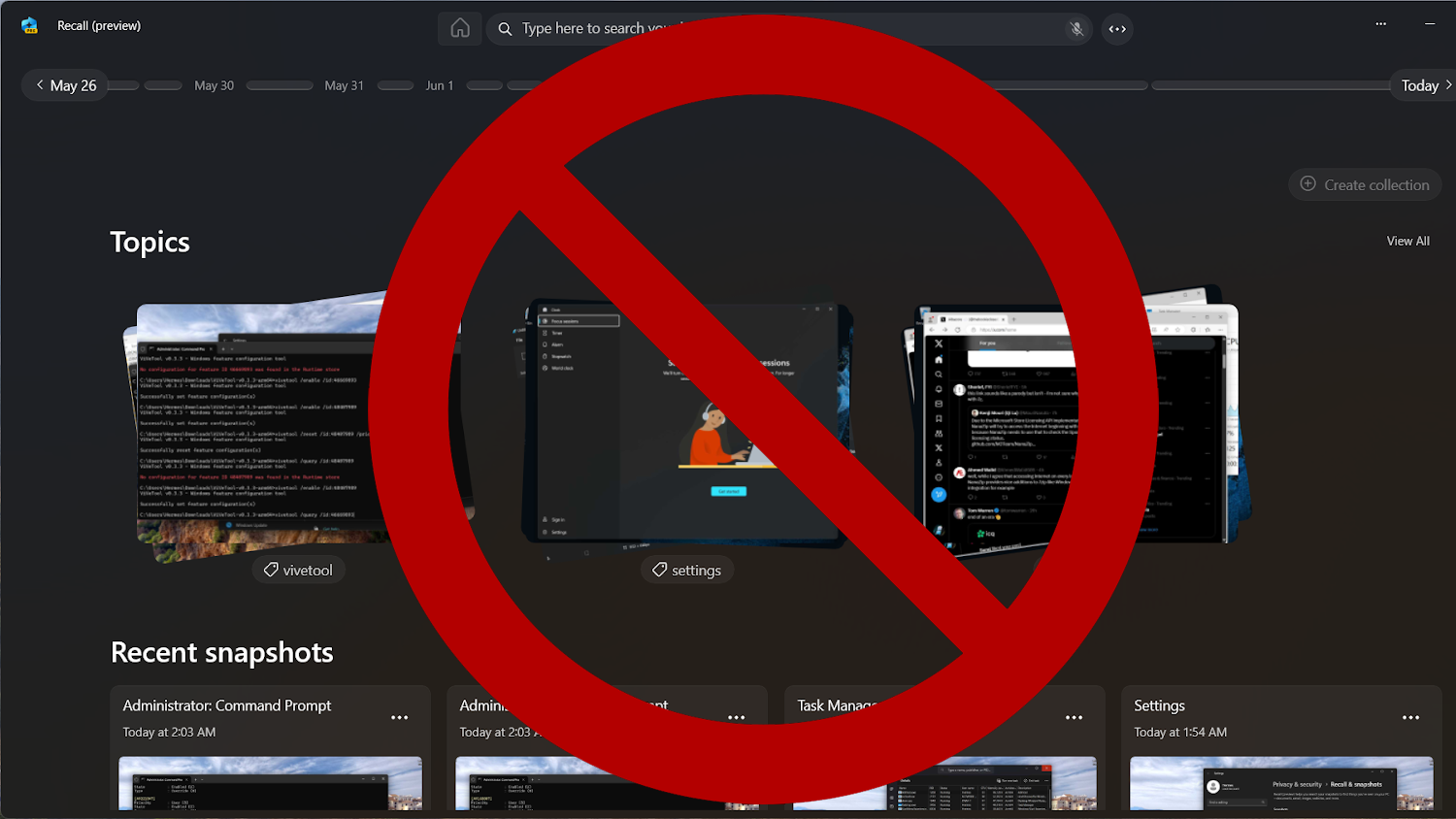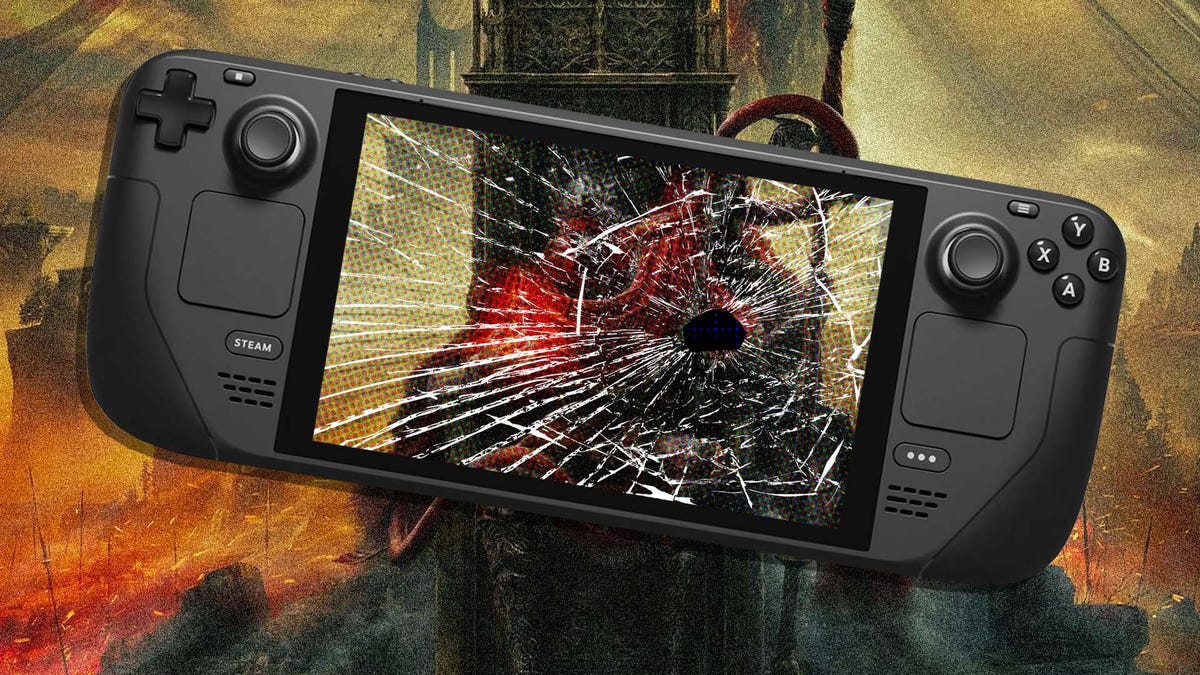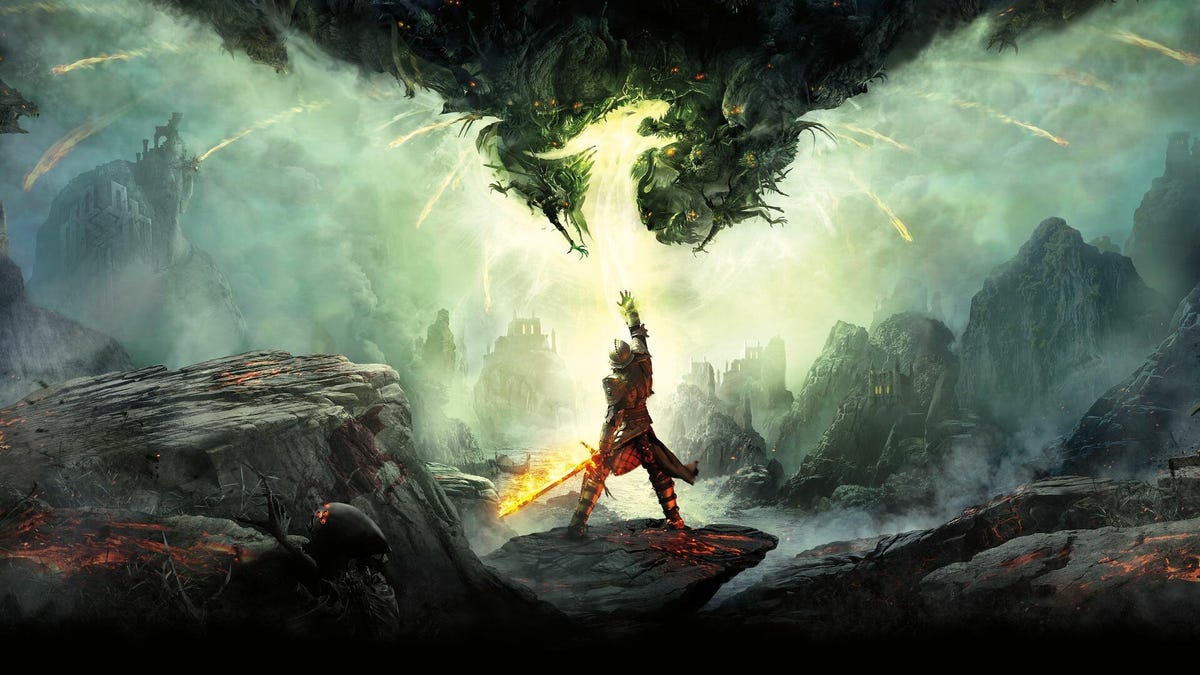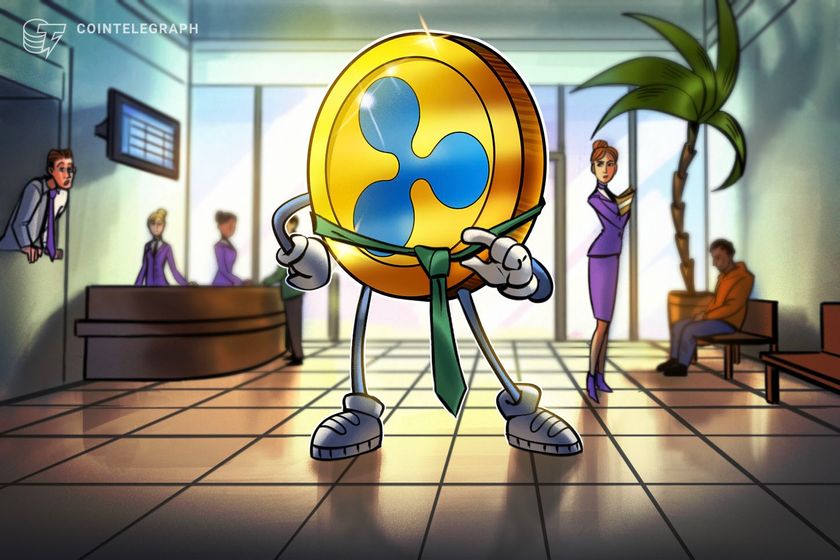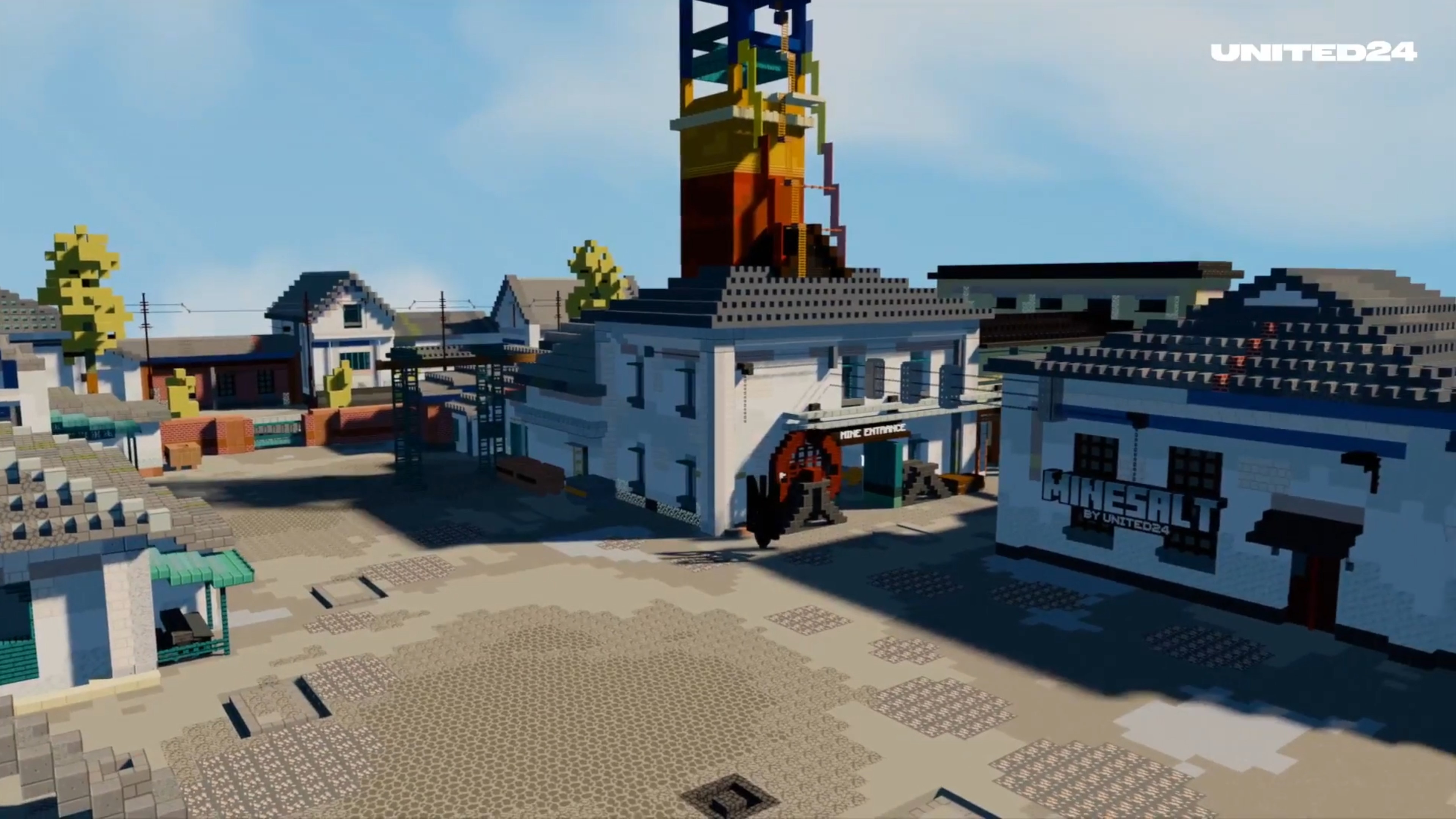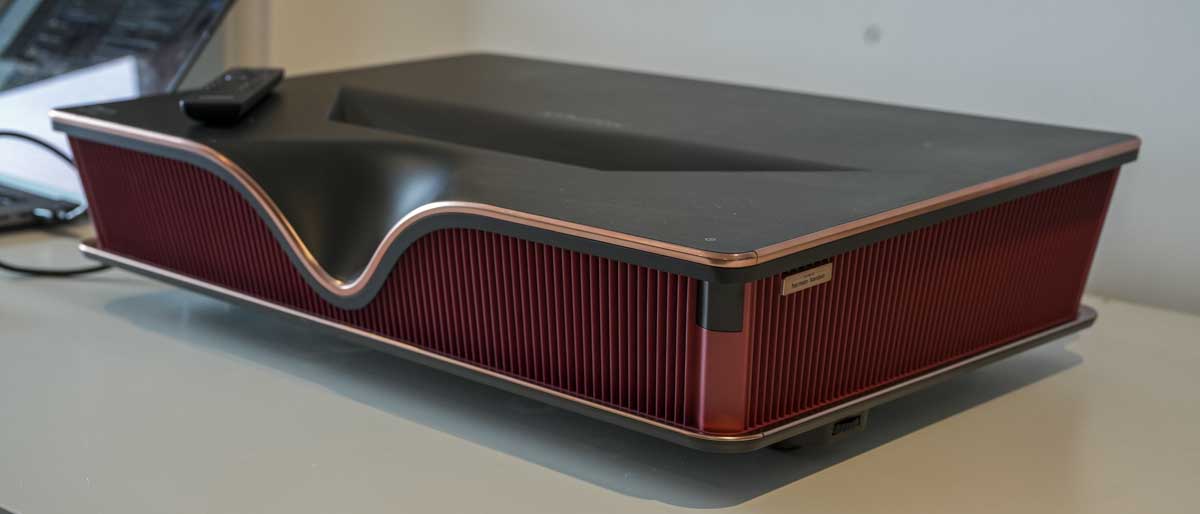Shin Megami Tensei V: Vengeance Review
It doesn't make drastic improvements on original, but its additions are reason enough to revisit an already great RPG.

Demons and angels locked in a post-apocalyptic, generation-spanning blood feud to the backing of a hard synth-metal soundtrack… but make it a tough-as-nails RPG – that’s the Shin Megami Tensei experience. I sang the praises of Shin Megami Tensei V back in 2021 because of the way it embodied the series’ ethos in modern form, and as per usual with developer Atlus, we now have a more definitive version a few years later in Shin Megami Tensei V: Vengeance. Although it doesn’t fundamentally change what already made the original great, its new separate storyline and quality of life improvements are reason enough to play (or revisit) this masterclass in turn-based combat and demonic atmosphere.
The very first thing you do is choose whether to play the original route or go down the Path of Vengeance, which is an alternate path that remixes events with new plot threads, new characters, and some wild new battles. There are no tricky decisions to make or specific choices required to see this content this time. Hell, you don’t even have to consider siding with competing ideologies at any point, as had been SMT tradition – you just pick the Vengeance route and follow it to the end. Since I already spent 80 hours getting 100% completion in the original game, I solely focused on the Vengeance-specific campaign. It took me about 60 hours to finish since I was already familiar with a majority of its challenges and mostly sought out the new sidequests, of which there are a lot. While I do like it more overall, it’s not exactly a significant leap over what was already there.
The story starts off the same in that you’re a high school kid in Tokyo who stumbles into being the chosen one, or a Nahobino – a human who can possess supernatural powers and transform into a demigod. Tokyo as you know it begins to fall apart as you travel to and from a post-apocalyptic future in a battle to determine the world’s fate. For roughly one-third of the runtime, events play out fairly similarly in Vengeance, except for two major points: the presence of both a new villainous group of demons known as the Qadistu and a new ally named Yoko Hiromine. All of these additional characters sport wonderful designs that bring out the best in SMT’s art style and they provide better context for this particular story’s events.
The thing I appreciate most is that the Vengeance path puts more emphasis on its human characters and gets them more directly involved. Yoko is available as a playable party member for a large chunk of the story and often feels like an integral part of it rather than tacked on since she is very much a focus of this route. Existing characters like Tao have a more prominent role as well, joining the party early on and having a bigger focus throughout. While the four members of the Qadistu are more of a mechanism to deliver new plot points rather than fully formed characters, they at least provide an adversarial dynamic that wasn’t previously there.
Where Vengeance takes a hard turn is in the third region, which is completely replaced by a new one that’s built to encompass the shift in certain story beats. This also leads to a change in the mid-game dungeon that has its own unique aesthetic and set of gimmicks, although you can tell it borrows a lot of design principles from what it replaced. Things eventually merge back onto the original path, so the new mainline Vengeance content isn’t necessarily “in-addition-to,” but rather a detour to better fit the story events. And by the time you reach the finale, it will have treated you to some of SMTV’s best moments, Vengeance or otherwise.
Its larger theme of revenge doesn’t exactly take center stage, though, and the trope of destroying the world to start anew doesn’t get some kind of meaningful examination since it’s missing the connective tissue necessary to make it all work. So as it tries harder to deliver more story, it opens itself up to a few pitfalls along the way. In its grand moments, the philosophical platitudes are what drive its events and that’s kind of the SMT way. Regardless, I can at least appreciate the effort that Vengeance puts into better contextualizing your exploration of Tokyo’s demonic wasteland and the hard-fought battles you’ll overcome there.
SMT has always staked its claim on unforgiving turn-based combat, and there are moments in which Vengeance doubles down on that principle. You’re still honing in on the elemental affinities of your enemies and building a roster of demons who can exploit those weaknesses. But in this version, I got “SMT’d” more often – meaning I’d get absolutely wiped by an enemy in one turn and there wasn’t anything I could really do about it. Of course, in the most tense battles where I needed to carefully think steps ahead to plan buffing spells, hit weaknesses to earn extra turns, or strategically substitute different demons in my party based on elemental affinities, I was reminded that SMT’s combat system has some of the best turn-based mechanics around, even if it can be as punishing as it is rewarding.
You’re still negotiating with demons to capture them, having them fight in your party, and fusing them to create more powerful demons, and the typical flow of building your roster remains one of SMTV’s strengths. There are a handful of new unlockable perks to help you in battle and some of the new demons I earned through fusion are ones that came in clutch in the late-game. It’s that satisfying Pokemon-like nature of cycling through increasingly powerful monsters and staying on top of covering your bases as you level up your main character, and making good use of them in critical moments.
Having played on normal difficulty, being at the same level as the bosses alone is not enough to get through them, and you will be tested on your mastery of the system as a whole. Even when you come prepared and think tactically about all the support skills, items, and elements available, your party is going to be fragile. There comes a point where mainlining the story isn’t enough to keep pace, either, essentially encouraging you to seek out sidequests and level up that way. And boy howdy, does Vengeance lay on a thick serving of sidequests.
As far as I can tell, all of the original ones remain in the Vengeance route, and the aforementioned new region is jam packed with its own set of sidequests. Some of them rope you into tough minibosses, require you to find items out in the world, or spin off into short minigames. Big and small, sidequests all feed into painting a more detailed world as you develop a better understanding of the relationship dynamics of the demons in SMT’s mythological multiverse. There’s a humanizing aspect to some of these little stories, so to skip out on sidequests would also be to miss a bit of SMTV’s charm – particularly in Vengeance, where it can get as silly as it is challenging.
There’s something special about the attitude of an SMT game that I can simply describe as badass – much of which comes through in its atmosphere and art direction. From the deranged demon designs that have evolved over the years to the sinister vibe of a Tokyo destroyed by the hand of godly powers, SMTV manages to evoke a unique sense of dread that lingers over its world. It knows it’s cool and doesn’t care too much about being pleasant or palatable; even when Vengeance appeals to our humanity more so than the original, it still maintains a certain darkness the series is known for.
It’s also a credit to its soundtrack, which effortlessly pumps you up for specific battles or sets an unmistakable mood in its overworld, bouncing between synth-infused metal and eerily catchy ambient tunes. The new battle theme is an improvement over what was already a great track, and sometimes I’d sit there mid-battle not doing anything just to listen to it loop multiple times. SMT soundtracks get into thrash-style rock as often as it gets experimental with its instrumentation to create some haunting melodies and harmonies, and Vengeance still carries that tradition.
New music was one of the things I looked forward to most with Vengeance, but on the more technical side it was lovely to replay SMTV as a much better visual experience. If you play on PC, PlayStation 5, or Xbox Series X|S, you’re treated to significantly higher resolutions and frame rates along with better draw distances to let SMTV’s world pop in a way it simply couldn’t when it was a Nintendo Switch exclusive. Vengeance is still available on Switch with all the essential features, of course, but I do think you’d be missing out on one of the best parts of this rerelease playing it there, especially considering how the original struggled in terms of technical performance.
Quality of life improvements don’t end on the technical side either. New mechanics also make the experience smoother without sacrificing the challenging nature of SMTV. For example, the Demon Haunt is a hub area you can visit at save points and talk to demons in your roster, who will then sometimes offer items or get a boost in stats. As you progress in the story, you’ll be able to get free bonus stat points to boost the main character’s attributes in the Demon Haunt as well. Exploration in the overworlds was quite tedious in SMTV (and still kind of is) but now you can pull up a bird’s eye view at any point to get both a lay of the land and a better idea of how to get to hard-to-reach areas. This coincides with the addition of Magatsu Rails which are shortcuts sprinkled throughout the open regions that you skate on to get across the map faster or reach secret areas. And being able to save anywhere now is so much more convenient, because no one wants to lose chunks of progress because they got unfairly “SMT’d” in between save points.
